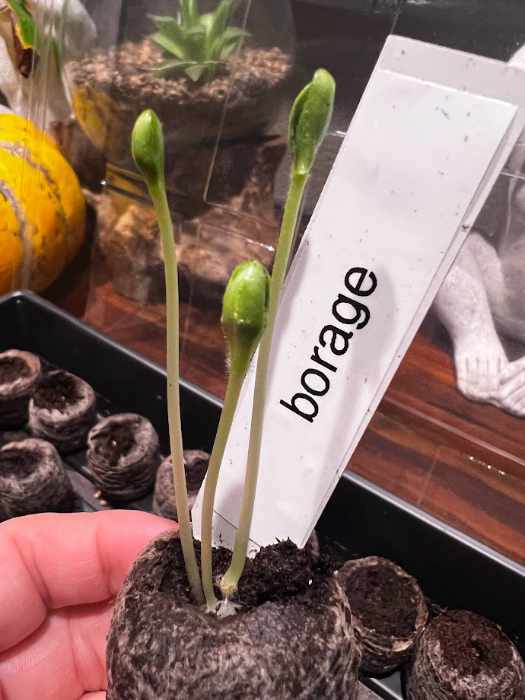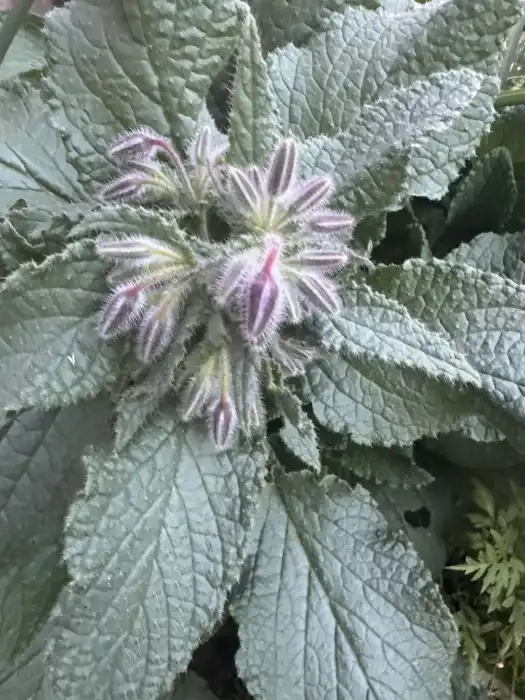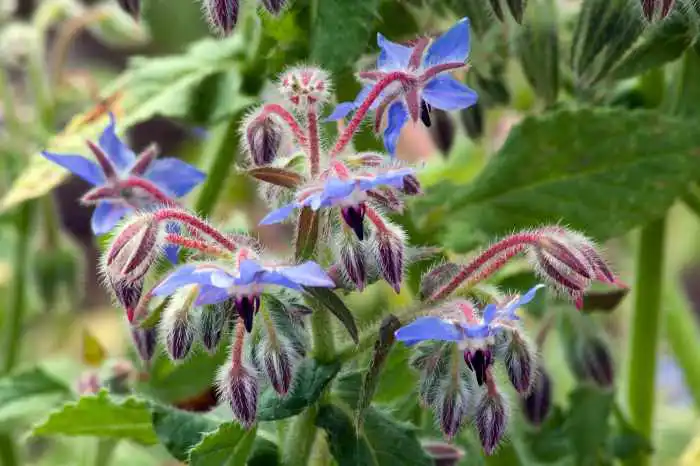Borage is traditionally a medicinal plant. All parts of the plant including stems, leaves, flowers and seeds are used medicinally. From a culinary standpoint, Borage leaves and flowers, and stems are used in salads, as garnishes and in tea.
This post may contain affiliate links. Please see my disclosure policies. If you purchase after clicking an affiliate link we may receive small commission at no cost to you. As an Amazon Associate I earn from qualifying purchases.
The Latin name for Borage is Borago officinalis . Borage is also known as bee flower or star flower. Farmers often use the herb to attract bees.
Phoenix Gardening Steps: Grow Borage
- When and how to plant borage
- What grows well near borage and what doesn’t?
- How to care for borage
- Harvesting borage- When is the ideal time to pick borage?

When to Plant and How to Grow Borage
Borage is an annual herb. It is self-seeding and is possible for borage to be a perennial in in gardening zone 9b or Phoenix. Plant seeds October through January.
How Long Does it Take Borage to Sprout?
On average borage will start to sprout in a week or two.
Depending on the variety can be ready to harvest in less than a month.
Allow space for borage to spread up to two feet wide and to grow three feet tall.
Companion Plants for Borage
Plant borage near tomatoes , cabbage, squash, and strawberries. Borage repels many gardening pests and bees love the plant.
Benefits of & How to Use Borage
Borage attracts pollinators. The leaves have a cucumber taste to them and can be added to salads. Chop the stems and leaves to add to your soups or pastas. Even the beautiful blue flowers are edible.
How to Care for Borage
Light Requirements: Borage prefers full sun or 6-8 hours of sun.
Soil Requirements: Borage is not a fussy plant. It can grow in poor soil, as long as it is well-draining. Like most herbs, Borage prefers neutral and slightly acidic pH. The soil pH range of 6-7 is ideal.
Water Requirements: Borage likes consistent moisture. Water frequently so the soil stays moist, but not wet.
When to Harvest Borage
Borage takes about two months from seed to harvest. Harvest borage December through March.



